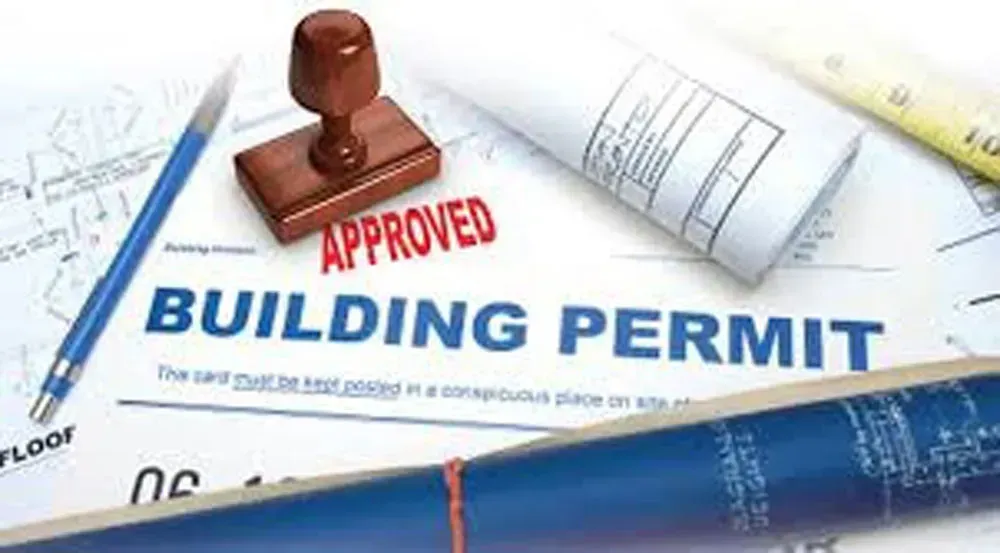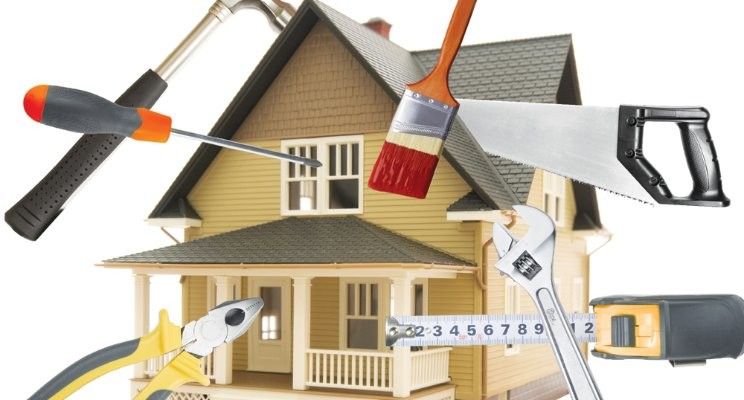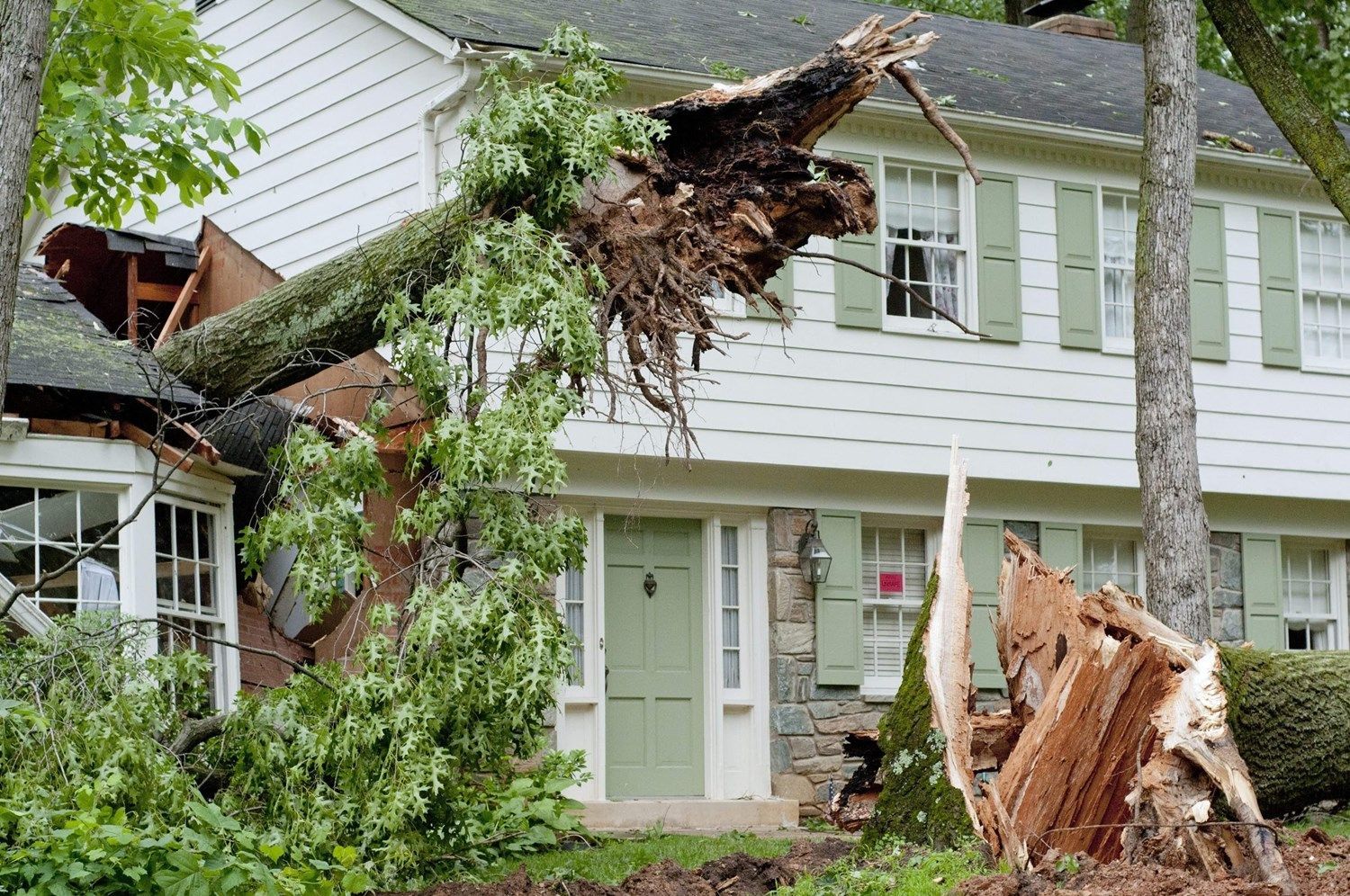When to DIY and When to Call in a Handyman
When embarking on any DIY project, safeguarding personal safety should be non-negotiable. Conduct a comprehensive risk assessment to identify potential hazards and evaluate their severity. Consider factors such as working at heights, exposure to hazardous materials, and the use of power tools. If the project entails risks that could result in serious injury or harm to you or your loved ones, erring on the side of caution by enlisting professional assistance is imperative. Remember that the cost of a mishap far outweighs the expense of hiring a qualified professional. Prioritize safety protocols, such as wearing protective gear and adhering to industry best practices, to mitigate risks and ensure a secure working environment.

Permit Requirements
Prioritizing safety should be the cornerstone of any DIY undertaking. It's not just about completing a project; it's about ensuring the well-being of yourself and your loved ones. Take the time to thoroughly assess the potential risks associated with the task at hand. Consider factors such as the complexity of the project, the tools and materials involved, and any environmental hazards present. If there's even a remote possibility that mishandling the project could result in harm, it's wise to err on the side of caution. Remember, the goal is not just to finish the job but to do so safely and responsibly. I
Obtaining the requisite permits isn't merely a bureaucratic hurdle; it's a critical safeguard for both homeowners and the community at large. Permits ensure that construction work meets established standards and regulations, safeguarding structural integrity and minimizing safety risks. By adhering to permit requirements, homeowners demonstrate their commitment to accountability and compliance with building codes. Failure to secure permits not only undermines the structural integrity of the project but also exposes homeowners to legal liabilities and financial penalties. Moreover, non-compliance can complicate future property transactions, leading to delays and potential disputes. Prioritize transparency and regulatory compliance by obtaining the necessary permits before commencing any DIY project. It's a small investment that pays dividends in terms of safety, legality, and peace of mind.
Understanding the Scope of a Project
Understanding the scope of a project is a crucial step that lays the foundation for its successful execution. Before diving into any undertaking, it's essential to thoroughly delineate the tasks involved, from the initial planning stages to the final touches. By documenting each step of the process, homeowners gain clarity on the project's intricacies and can anticipate any potential challenges that may arise along the way.
Documenting the tasks not only serves as a roadmap for the project but also enables homeowners to visualize the end result. By clearly outlining what needs to be accomplished, individuals can better grasp the scope of the project and set realistic expectations for the outcome. This clarity also provides an opportunity to refine design preferences and incorporate any desired aesthetic elements into the plan.
Moreover, the process of delineating the scope allows homeowners to assess the resources required for the project. By meticulously evaluating material needs, tool requirements, and time allocation, individuals can make informed decisions about how to proceed. Whether it's sourcing the necessary materials, investing in specialized tools, or budgeting time for each task, understanding the scope empowers homeowners to plan effectively and allocate resources efficiently.
Furthermore, a thorough understanding of the project scope enables homeowners to weigh the pros and cons of DIY versus professional assistance. While some tasks may be well-suited for DIY endeavors, others may require the expertise of a skilled professional. By assessing the complexity of the project and their own skill level, individuals can determine the most appropriate course of action. Whether opting for independent execution or enlisting professional help, a clear understanding of the project scope is essential for achieving the desired outcome.

Understanding Time Commitment
Effective time management is a pivotal factor for DIY enthusiasts. Homeowners often juggle house projects alongside professional commitments and familial responsibilities. Assessing the time investment required for a project is crucial. While some tasks may span weeks for an amateur, a seasoned handyman could expedite completion within a few days. Thus, aligning project timelines with personal schedules ensures realistic expectations and prevents undue stress.
Whether opting for a DIY approach or enlisting professional aid, it's imperative to grasp the undertaking's full scope and associated challenges. At The HandyKeeper, our extensive experience equips us to navigate diverse home construction projects adeptly.
Leveraging Community Resources
Engaging with local community resources can be invaluable for homeowners navigating DIY projects. From workshops and classes to online forums and social media groups, there's a wealth of knowledge and support available. Leveraging these resources not only provides access to expert advice and tips but also fosters a sense of camaraderie among fellow DIY enthusiasts. Whether seeking guidance on specific techniques or troubleshooting common challenges, tapping into community networks can enhance the success and enjoyment of your home improvement endeavors. Embrace the spirit of collaboration and continuous learning as you embark on your DIY journey, and remember that every challenge presents an opportunity for growth and mastery.

Assessing Skill Level
Beyond safety considerations, evaluating one's proficiency and skill level is integral to determining the feasibility of DIY projects. While certain tasks may appear straightforward, they may require specialized knowledge or technical expertise. Conducting an honest self-assessment of your capabilities can help identify areas where professional intervention may be warranted. Additionally, be open to acquiring new skills through research, tutorials, or workshops to enhance your DIY repertoire.
When assessing your skill level, consider factors such as prior experience, familiarity with tools and materials, and the complexity of the task at hand. While enthusiasm is commendable, overestimating your abilities can lead to costly mistakes and potential setbacks. Remember that there's no shame in seeking assistance when encountering unfamiliar territory or projects beyond your skill set. By acknowledging your limitations and seeking guidance when necessary, you can enhance the quality and safety of your home improvement endeavors.
Financial Considerations
In addition to skill and safety concerns, financial implications play a significant role in the decision-making process. While DIY projects may seem cost-effective initially, overlooking hidden expenses such as tools, equipment rentals, and potential rework can lead to budget overruns. Conversely, hiring professionals may entail higher upfront costs but can offer long-term savings by ensuring quality workmanship and minimizing the risk of costly errors.
Before embarking on any home improvement project, conduct a thorough cost-benefit analysis to weigh the pros and cons of DIY versus professional services. Consider factors such as the complexity of the task, your available resources, and the potential return on investment. While DIY enthusiasts may derive satisfaction from hands-on involvement, it's essential to strike a balance between financial prudence and project feasibility. Ultimately, prioritize the long-term value and integrity of your home while aligning expenditures with your overall budgetary constraints.

Whether opting for a DIY approach or enlisting professional aid, it's imperative to grasp the undertaking's full scope and associated challenges. At The HandyKeeper, our extensive experience equips us to navigate diverse home construction projects adeptly. Contact us for an honest estimate and invaluable guidance tailored to your specific needs. Let us partner with you on your homeownership journey, ensuring seamless execution and optimal outcomes.










